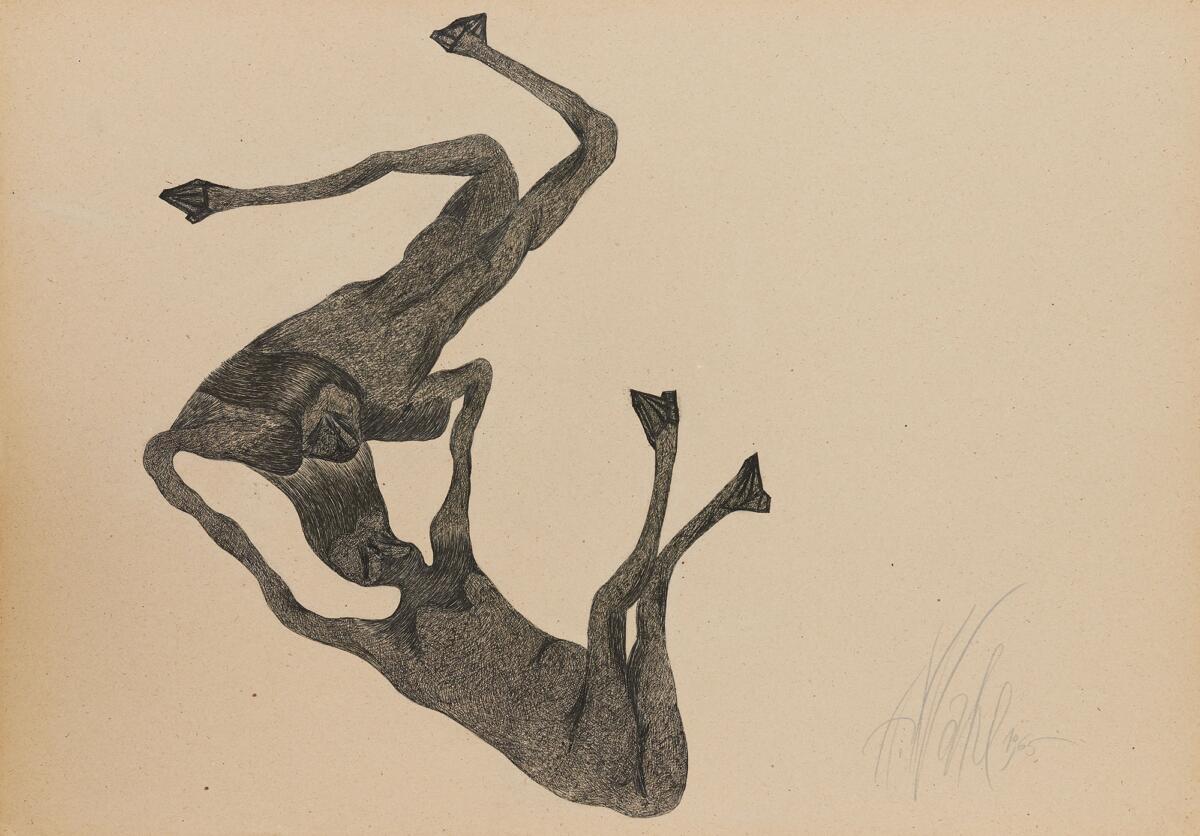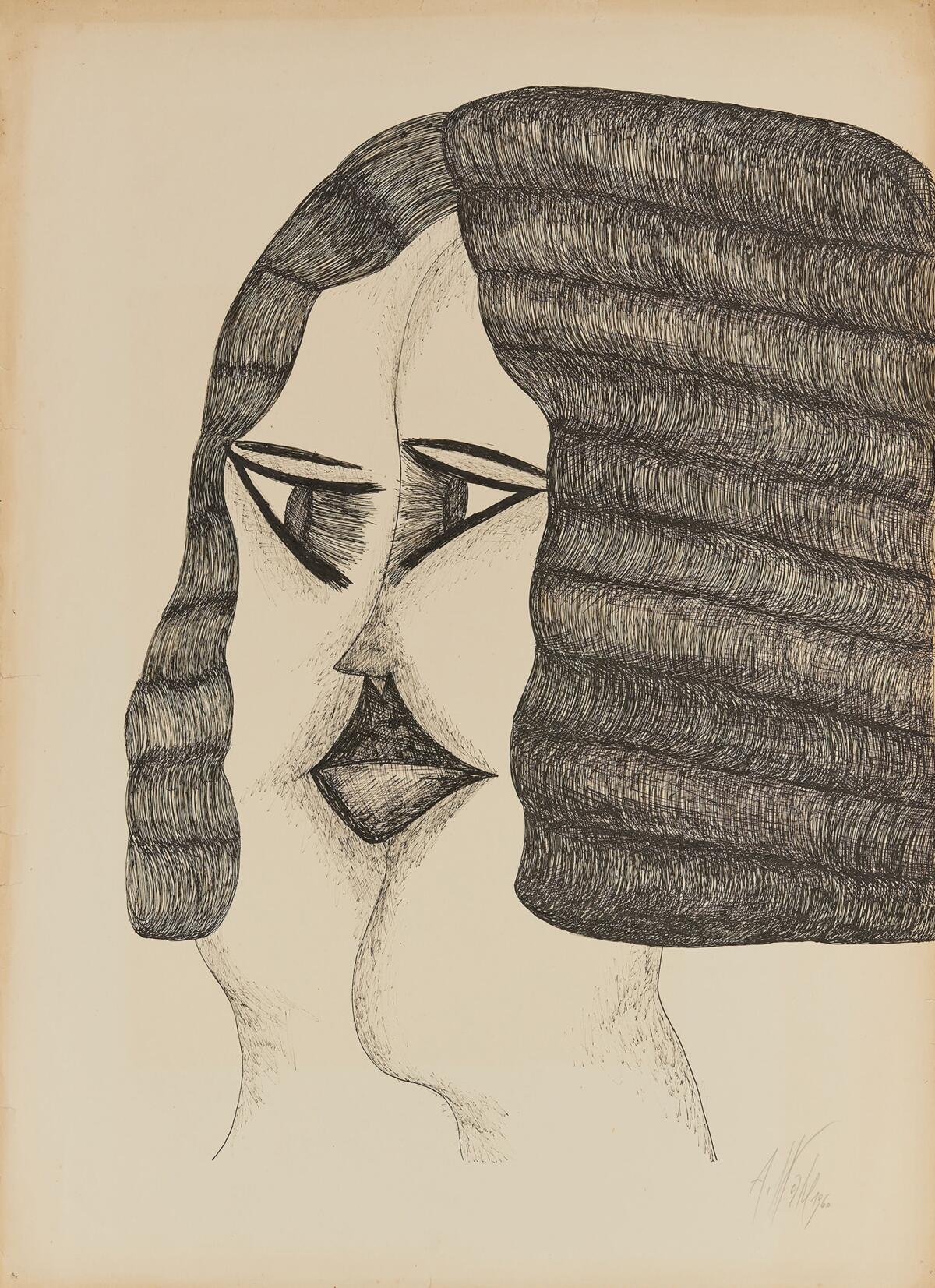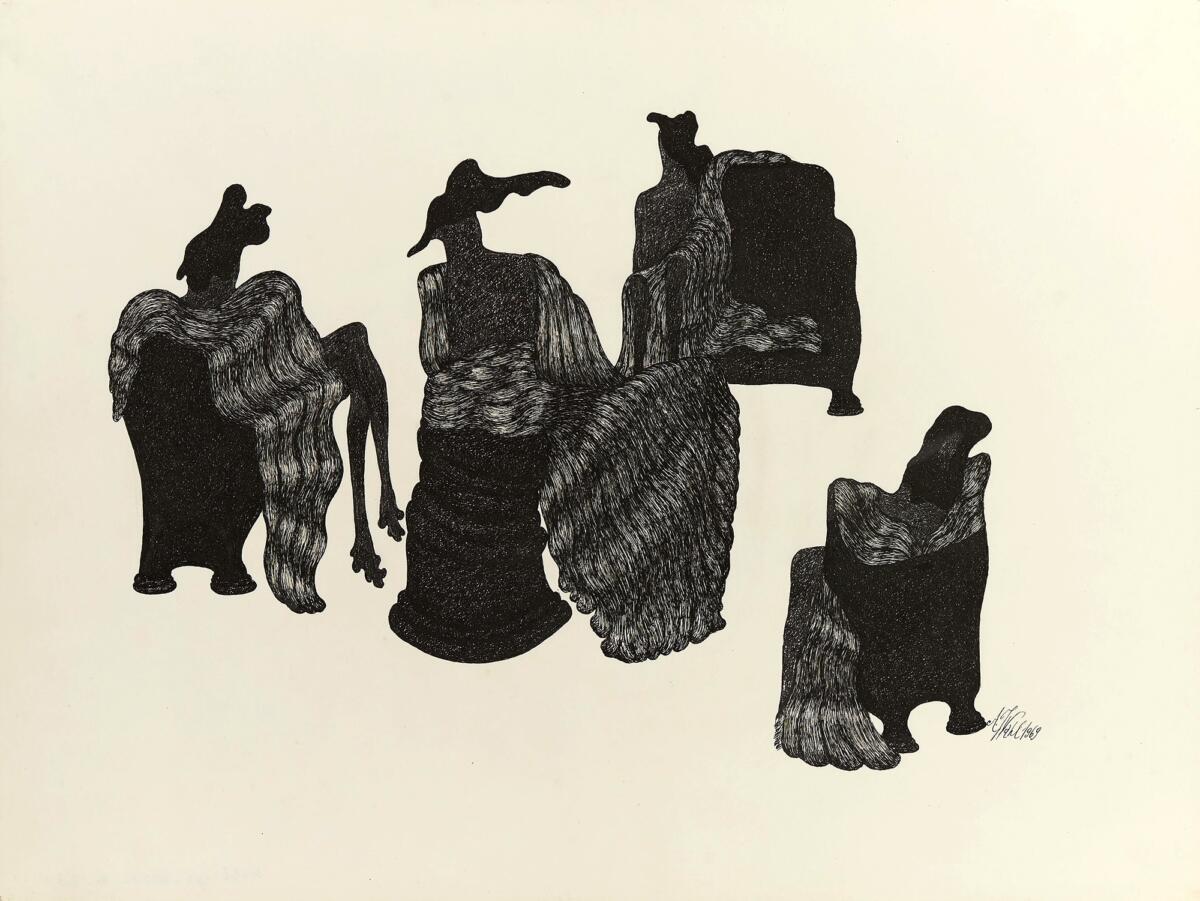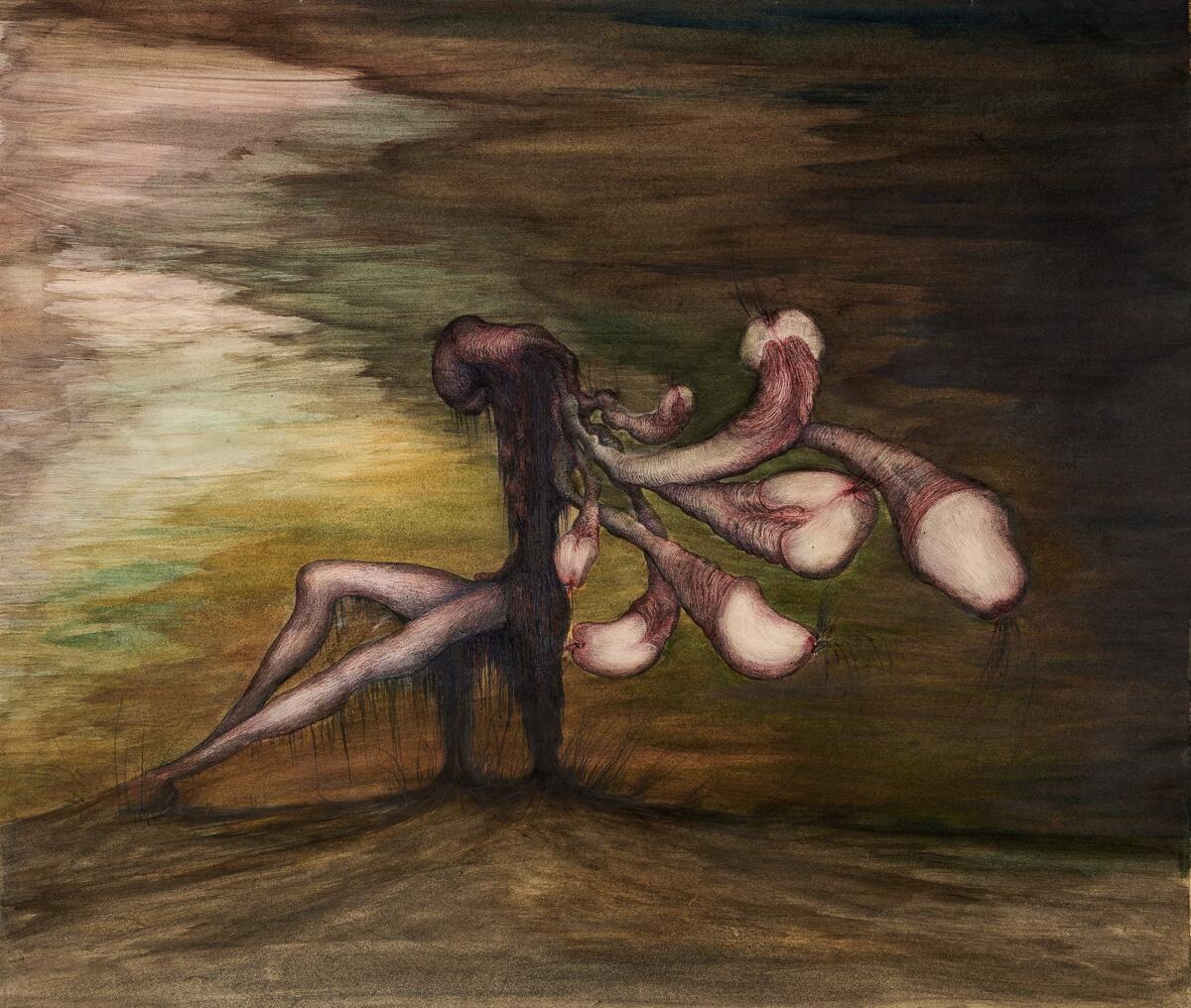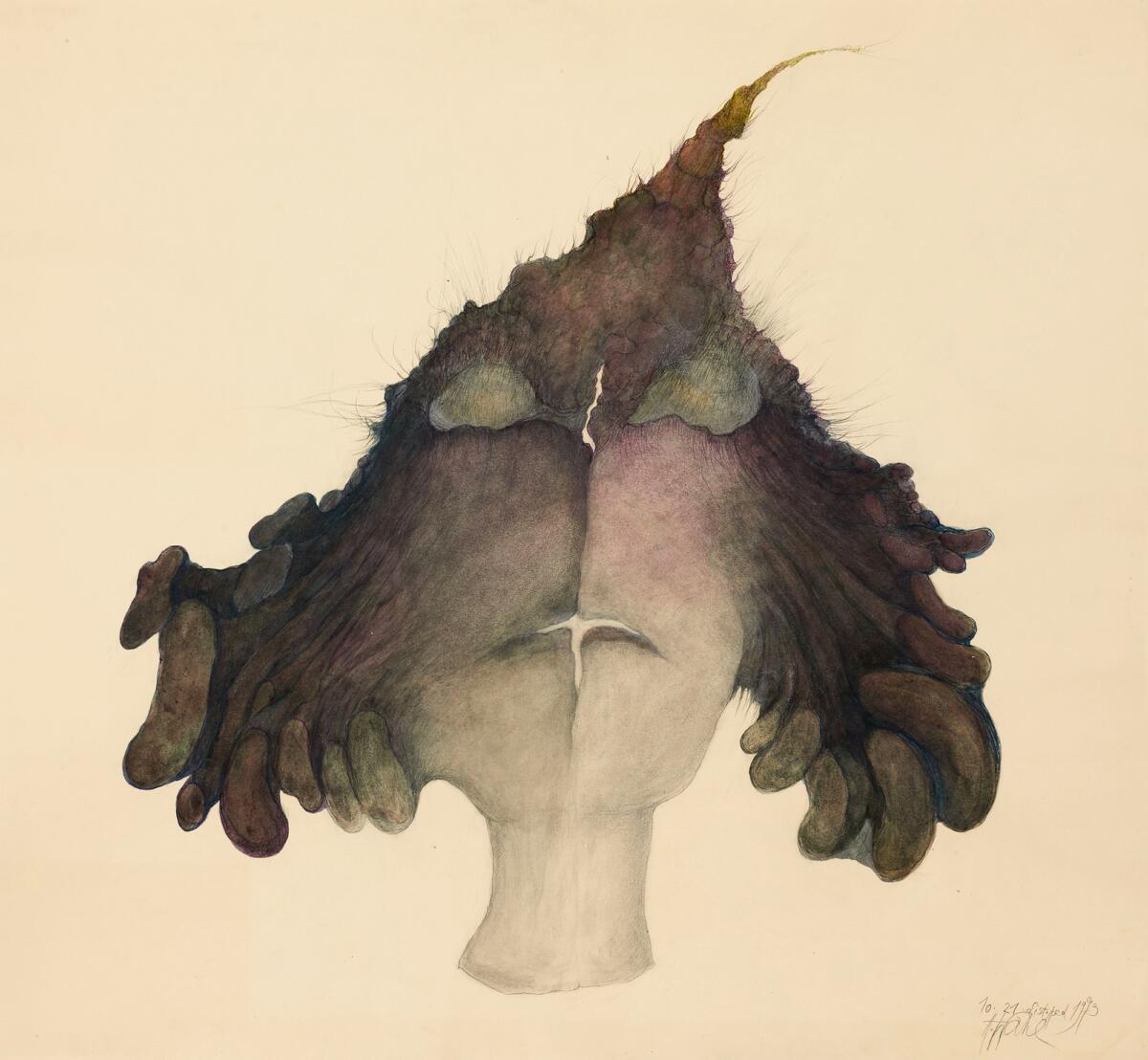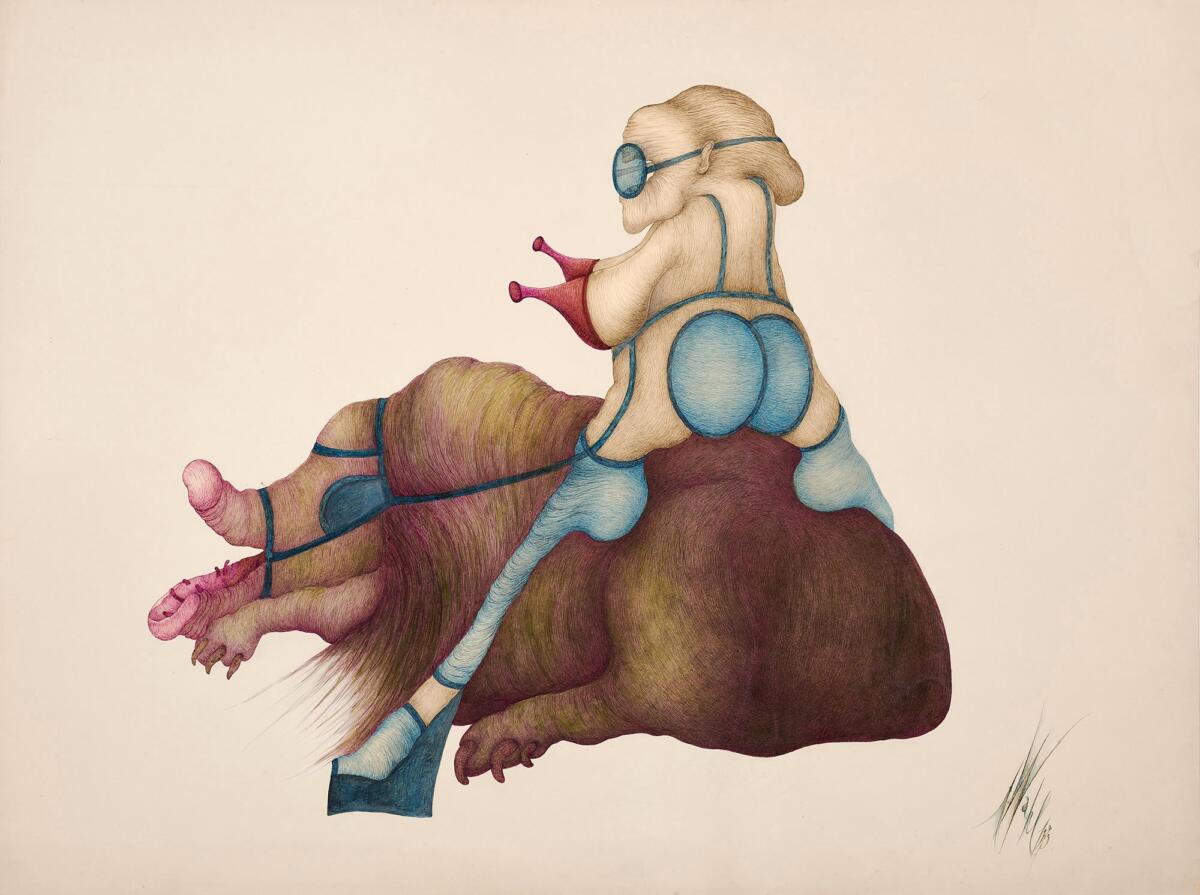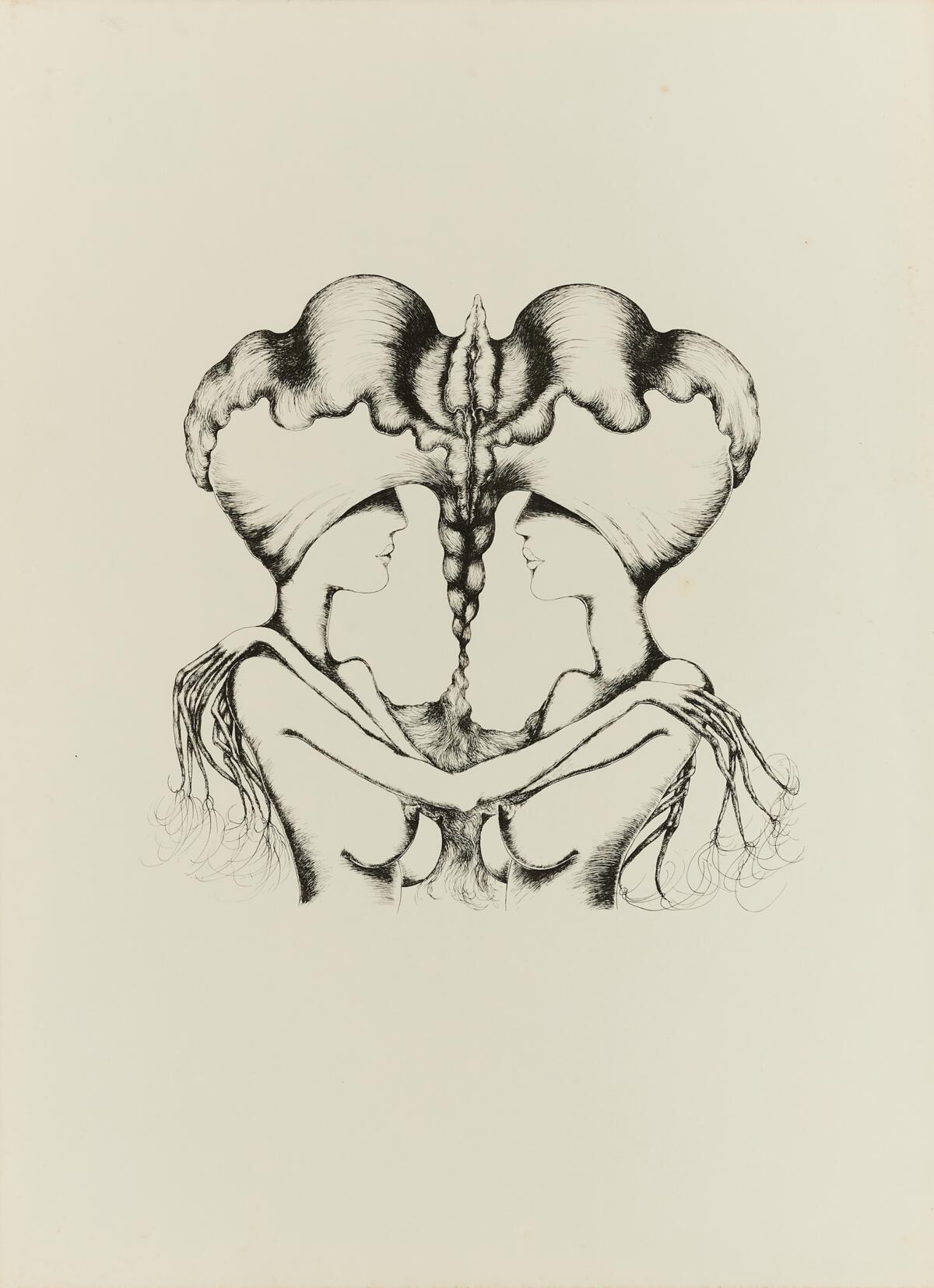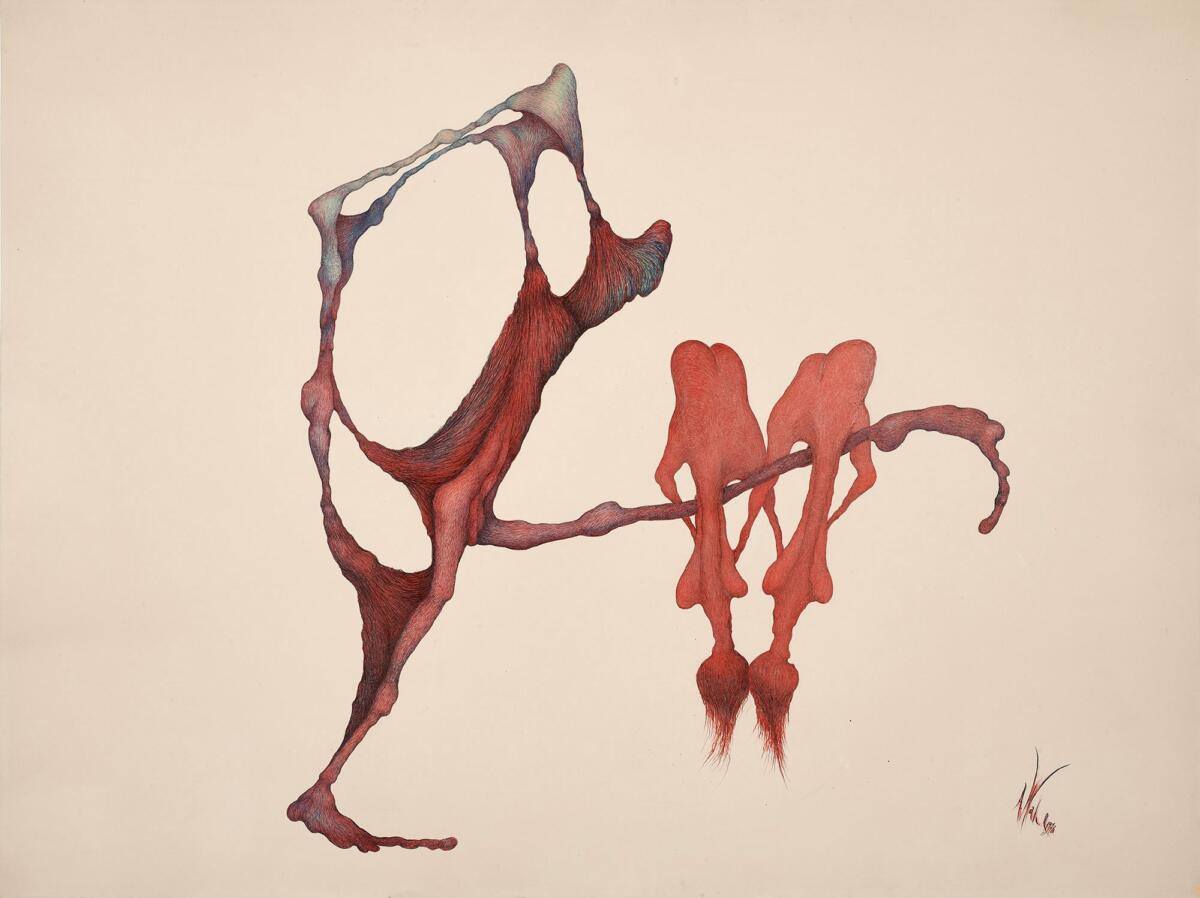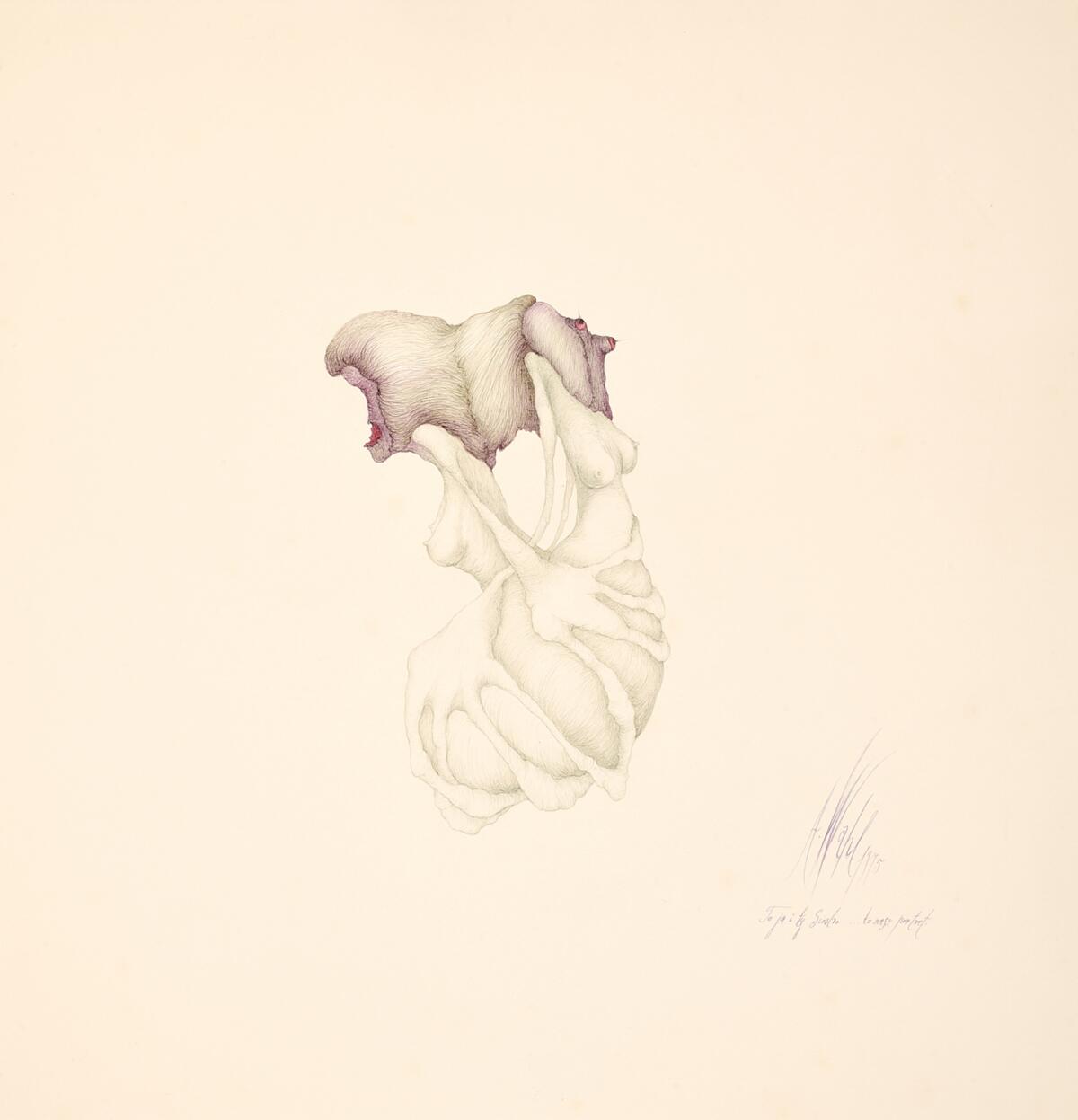
The team at BLOK would like to express their thanks to the family of the artists and Agnieszka Rayzacher from lokal_30 gallery in Warsaw for her generous help and allowing us to present the works of Alicja and Bożena Wahl on our website.
Born in 1932 (Alicja passed away in 2020), the twin sisters and individualities on the Polish art scene of the 1960s and 1970s began their careers right after the studies at the Academy of Fine Arts in Warsaw, which they started in 1952 and completed in 1957. They studied painting in the studio of Prof. Eugeniusz Eibisch. Alicja also received a diploma annex in ceramics from the studio of Prof. Wanda Golakowska in 1958. They formed part of the milieu around the Krzywe Koło Gallery in Warsaw, where they debuted in 1961. They frequently exhibited together, also outside Poland – in France, Germany, the United States. In 1979, they founded a gallery in a house in Warsaw’s district of Żoliborz, which was mainly run by Alicja. The A. B. Wahl Gallery specialised in art originating from the Surrealist tradition, to which the sisters were no strangers themselves. The exhibited artists included Jan Lebenstein, Jan Tarasin, Franciszek Starowieyski, Tadeusz Brzozowski, Zdzisław Beksiński, Tadeusz Dominik, Jacek Sienicki, Teresa Pągowska. In the 1980s, the gallery hosted the famous show of drawings by Stanisław Ignacy Witkiewicz, known as Witkacy.
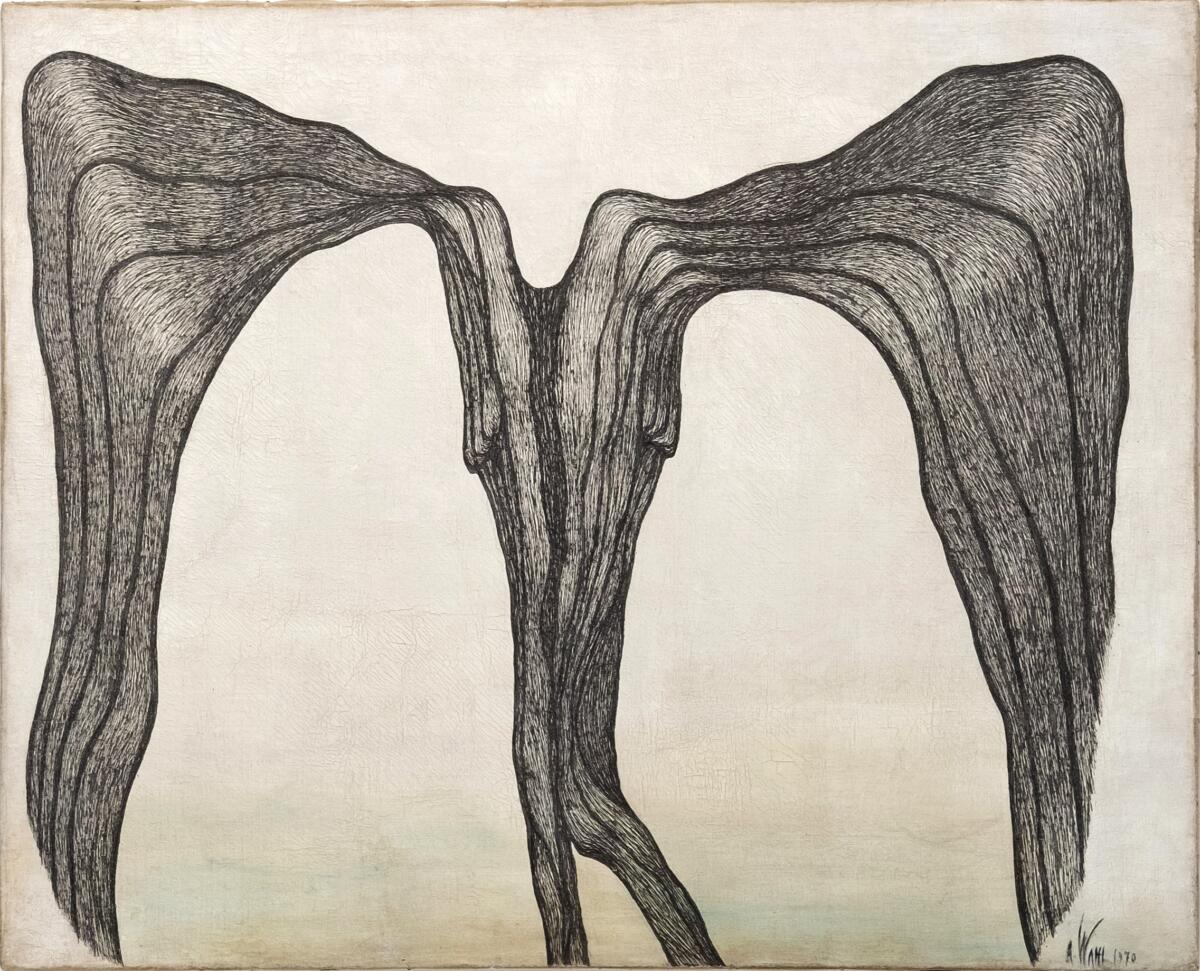



Their pieces from the 1960s years were highly homogeneous, almost impossible to distinguish. An evolution started at the beginning of the 1970s. Alicja turned out to be more of a colourist, Bożena made use of darker shades of ink. Lines drawn by Alicja became softer, whereas those by Bożena – fiercer. Still, their practices had a lot in common, abounding in personal references, encounters, confrontations. This could be seen on paper, but also in real life. Tied together with the thread of a shared biography, artistic and social activity, the sisters began to take separate directions.
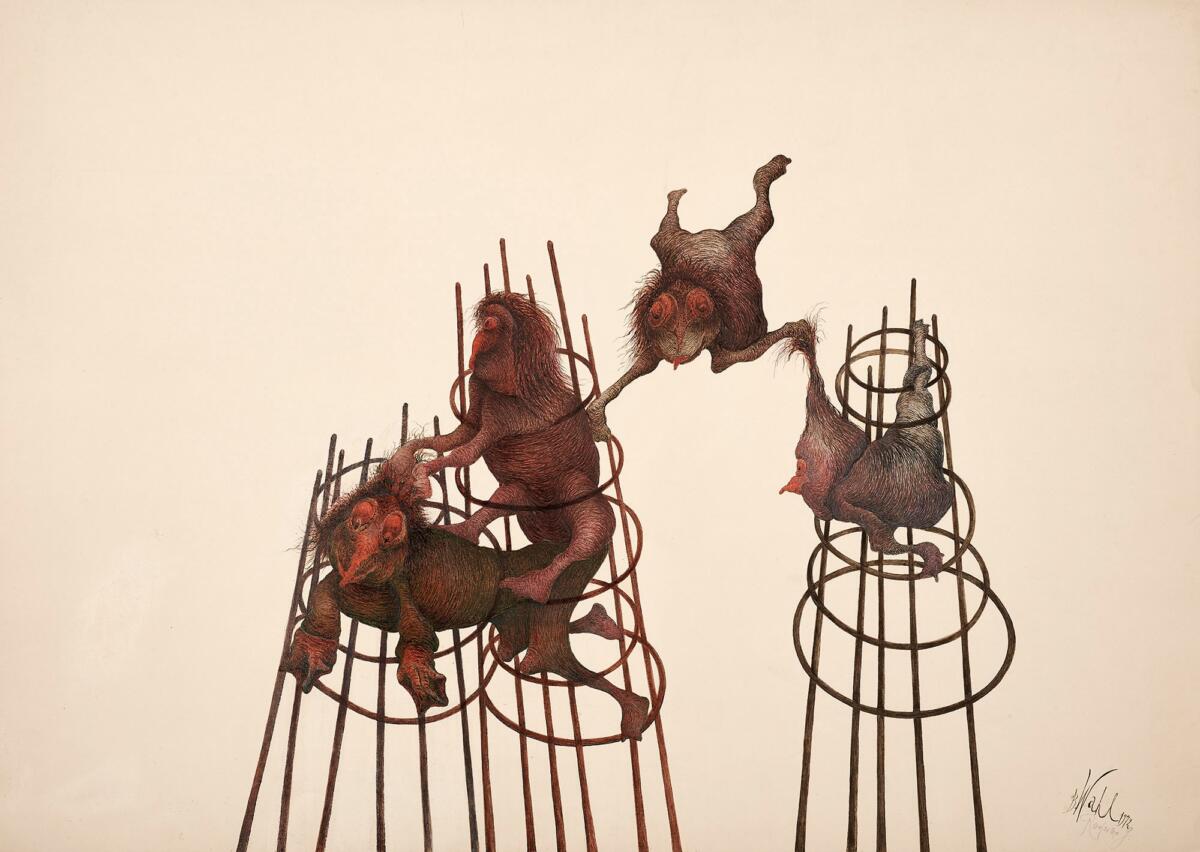


A significant motif that came to the fore in their work from the 1970s was female sexuality. Working in Poland, isolated under communism, with no access to writings by theorists, critics and philosophers of second-wave feminism, the two artists addressed this sphere in a unique and intuitive way. The 1968 sexual revolution became genuinely embodied in their pieces, especially those by Alicja, whose erotic fantasy seems boundless. Such courage had previously been demonstrated in Polish art only by Natalia LL, who portrayed sexual encounters in her photographic series Intimate Records from 1968–69 and the pastel series Rima from 1969. The work of the Wahl sisters can be defined as corporeal Surrealism: in the centre of each piece is a human or non-human figure who develops a relation with other figures or herself. These bodies are choreographed by desire, but also by the sense of liberation from the ties of traditions and obligations, combined with an entanglement in relationships, difficult emotions. Bożena’s works more often manifest profound sadness, or even distress and collapse into oneself. Little short of exhibitionism, Alicja’s courage in revealing her privacy and inner recesses of the soul is unrivalled in Polish art. Their work holds an immense emancipatory potential, which seems to have gone unnoticed during the period of their creative activity. Between 1959 and 1998 Alicja wrote diaries, evidence of her literary talent and extraordinary prolificacy that is only now being discovered – some 450 notebooks were produced.


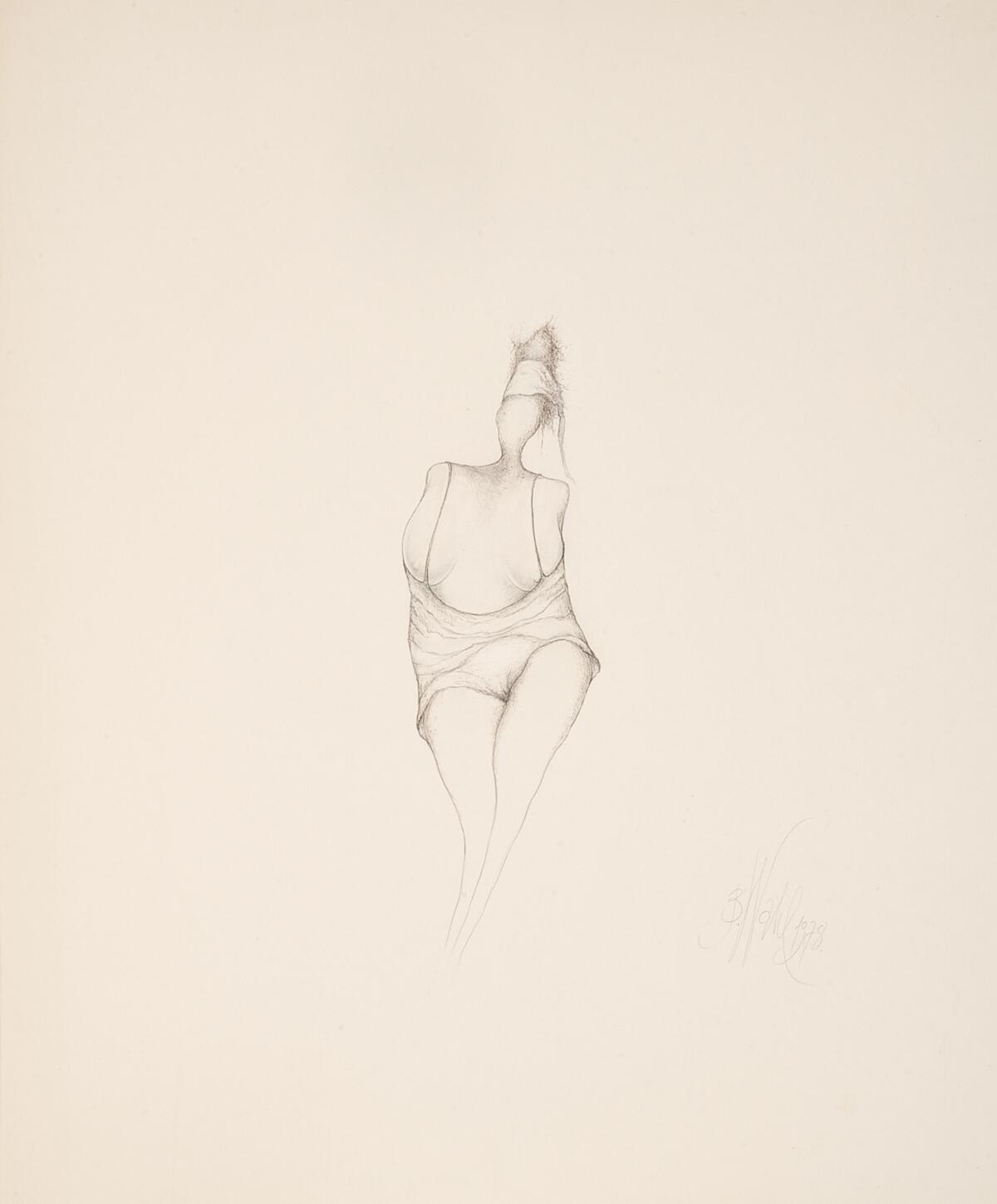

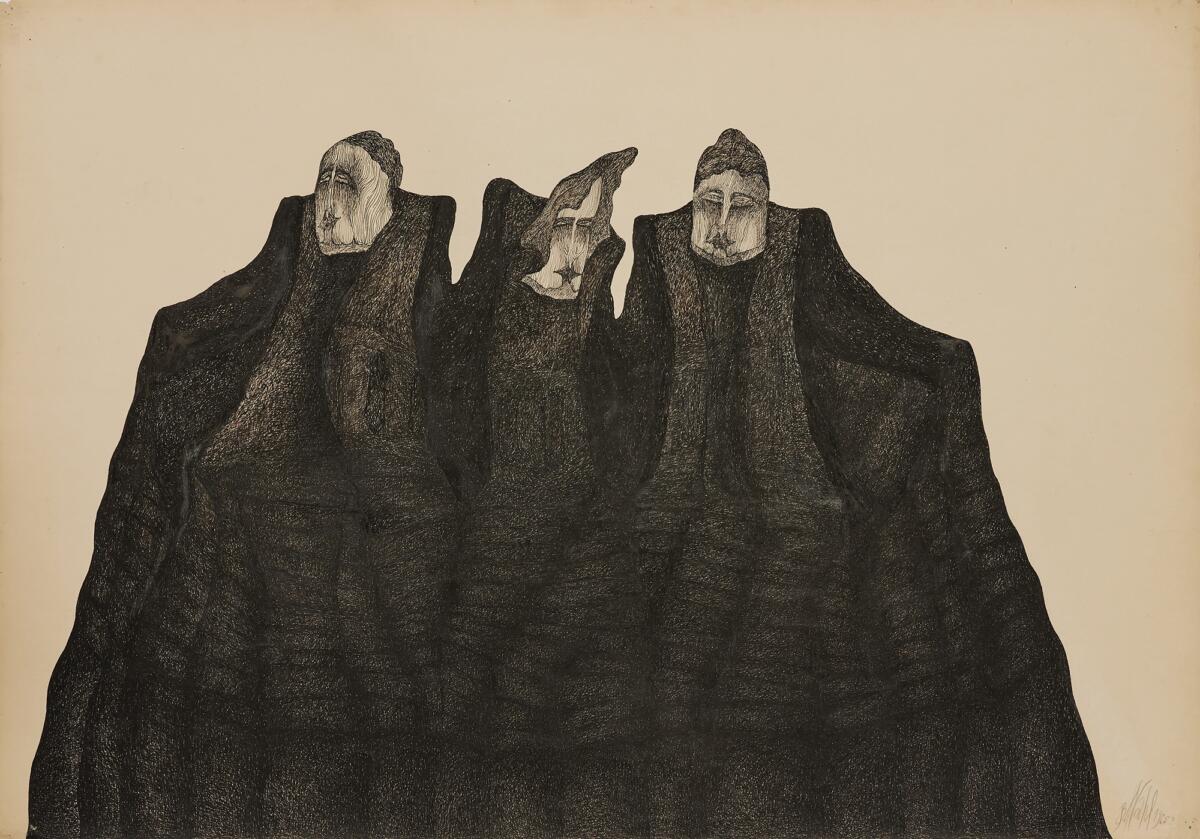



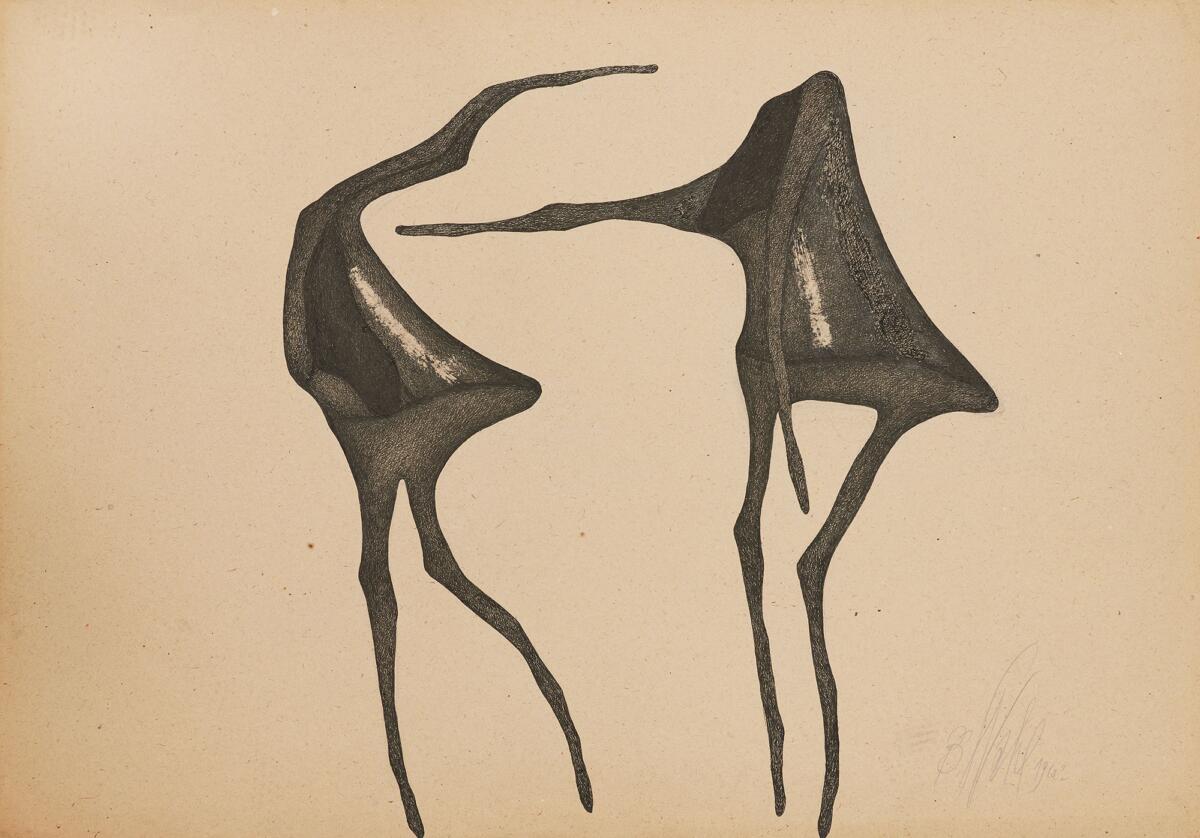
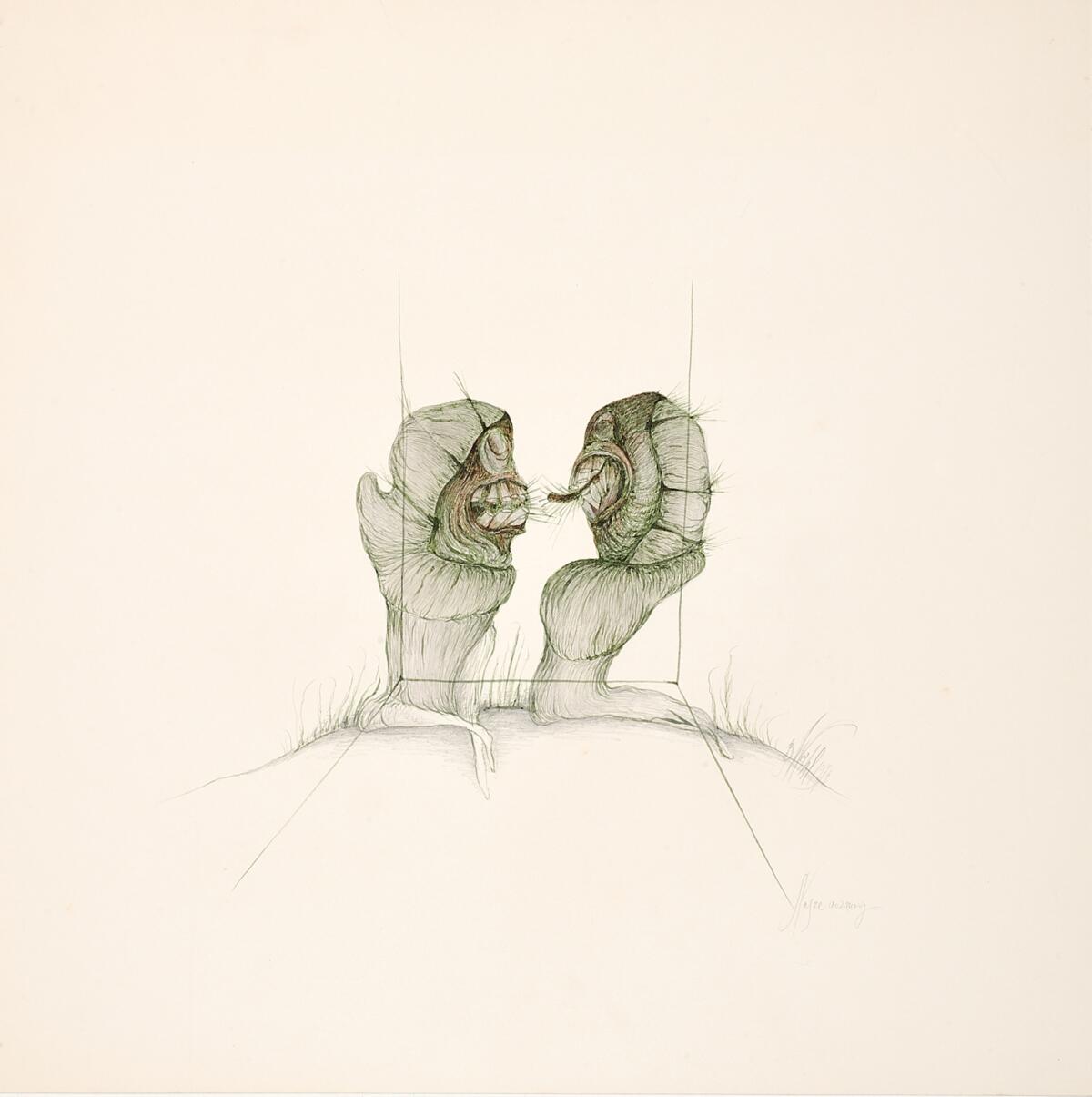
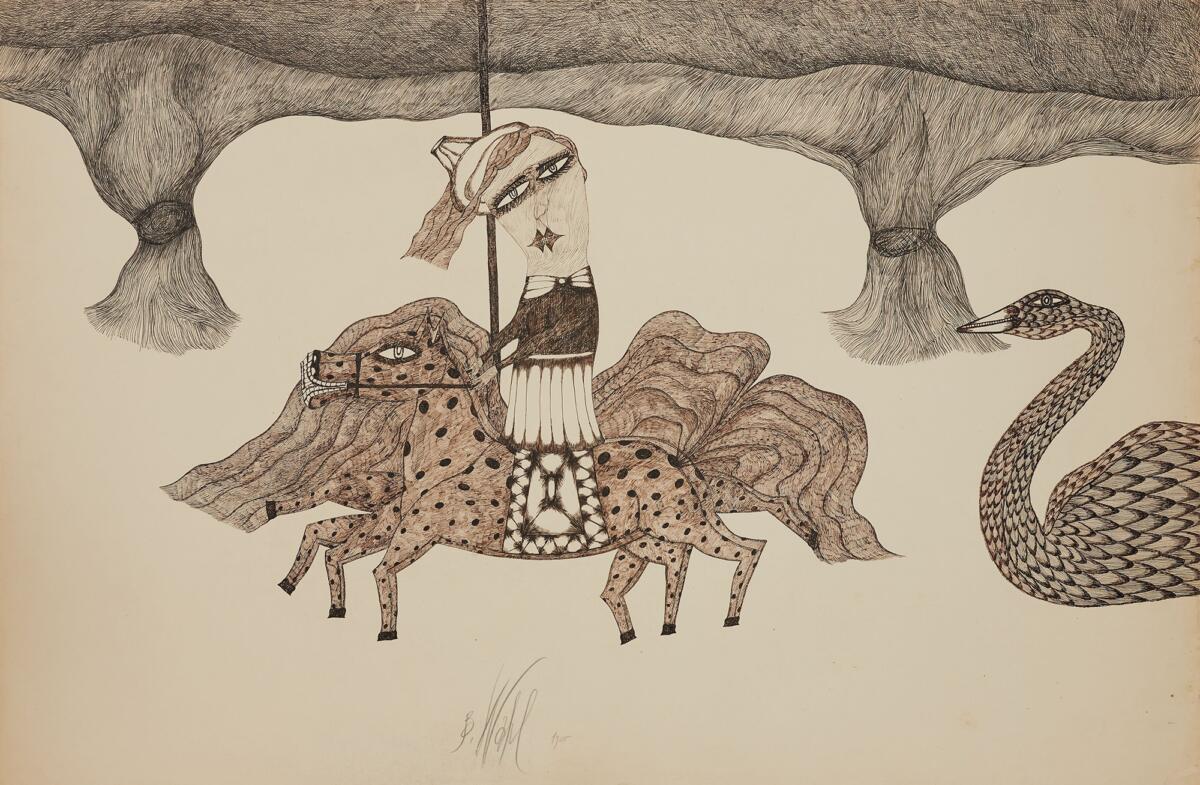


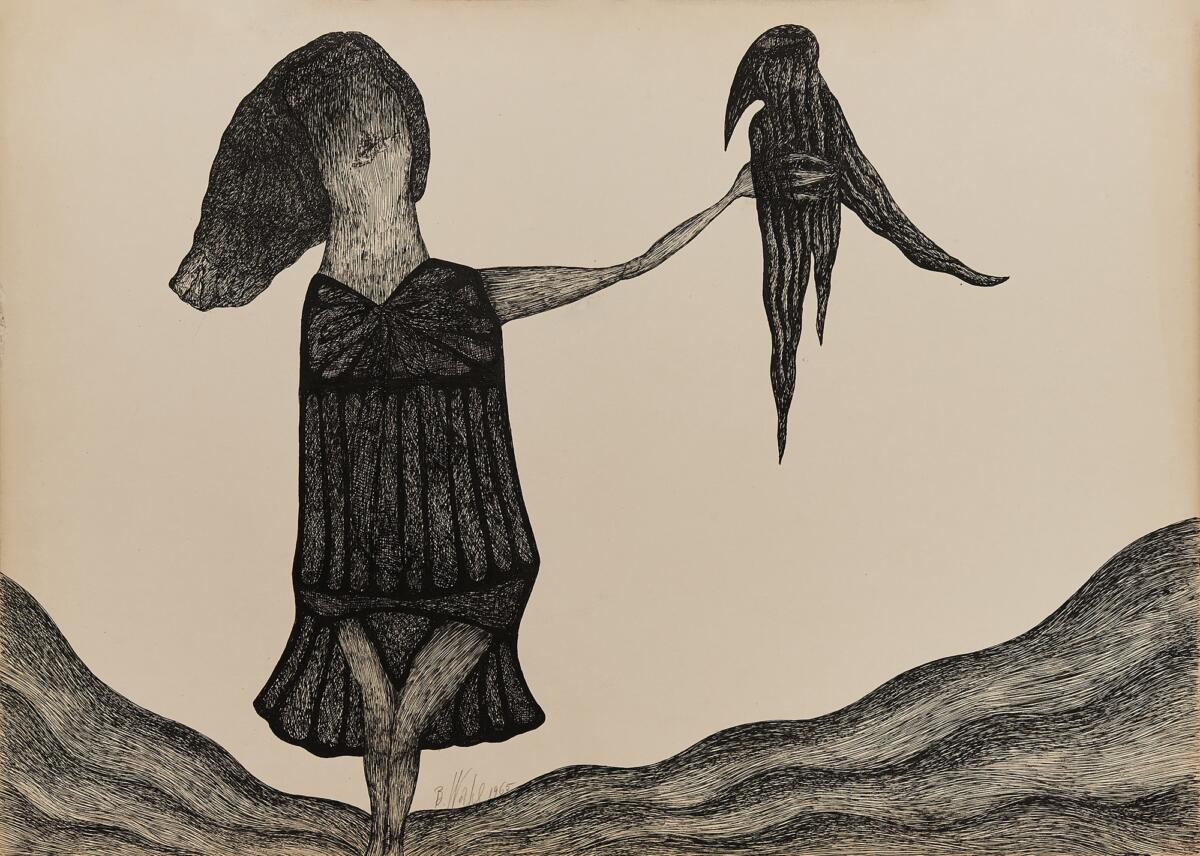
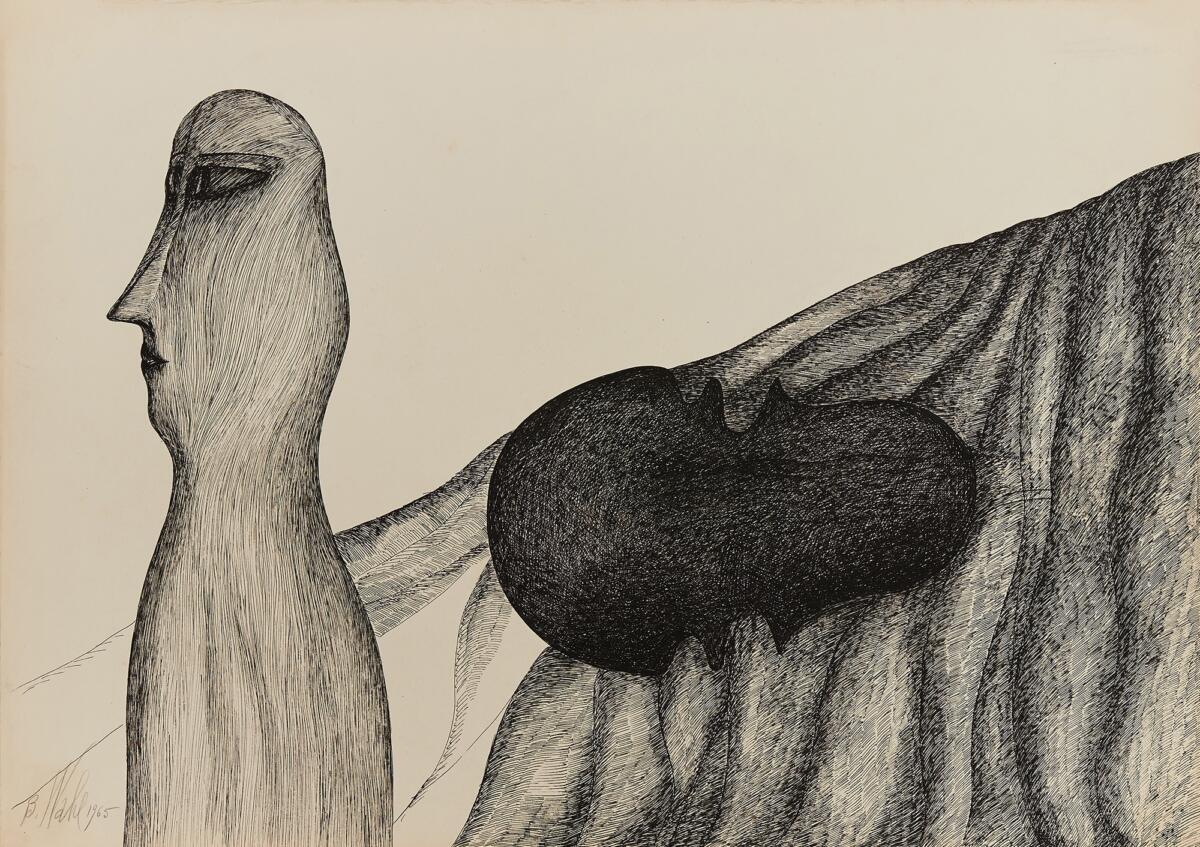

Aside from drawings, paintings and ceramics, the artists also created set design for Elderly Gentlemen’s Cabaret and Television Theatre, among other Polish television shows, and designed costumes for films. They were also active in lithography and very often made their own exhibition posters. Moreover, they gained renown with their book illustration drawings, collaborating with the most prominent Polish publishing houses and engaging in underground self-publishing. They
Edited by Ewa Borysiewicz
